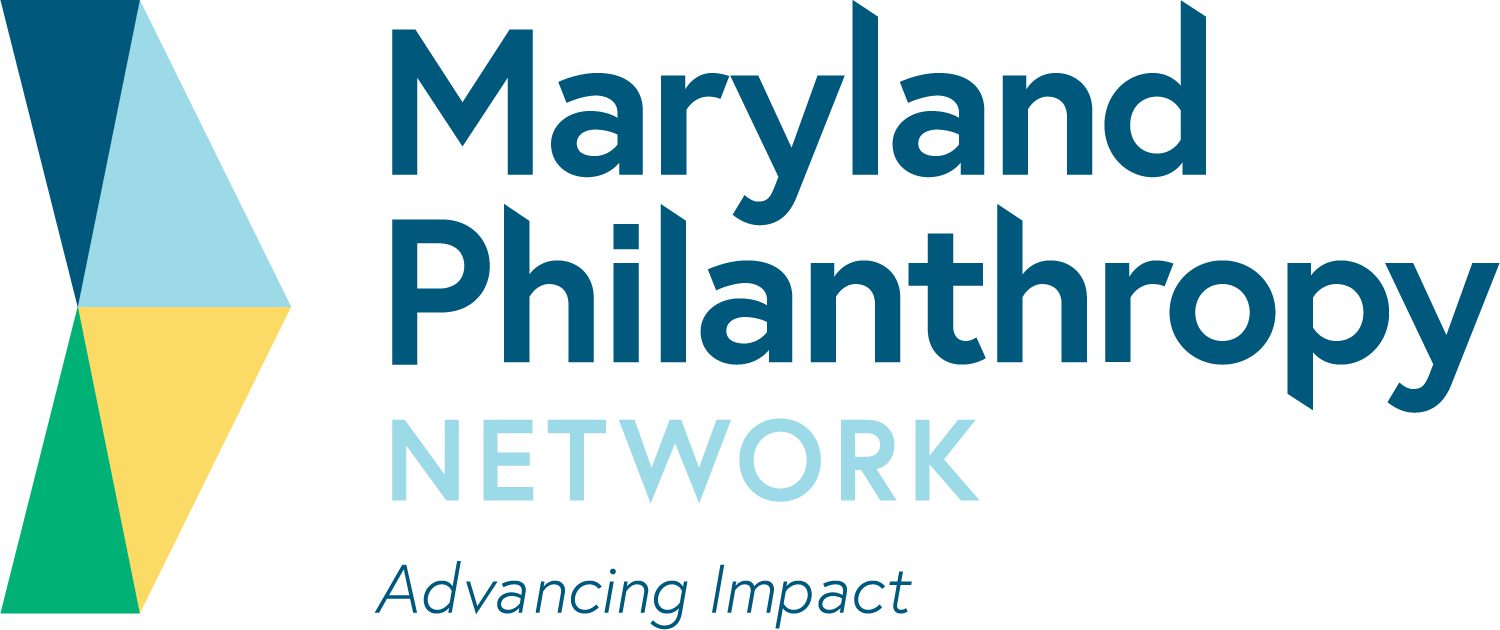With the inaugural Diversity Among Philanthropic Professionals (DAPP) Survey, Funders for LGBTQ Issues asked participants to identify their role within their foundation, their age, gender identity, sexual orientation, race and ethnicity, and disability status. This report, produced through a partnership between EPIP, CHANGE Philanthropy, and Funders for LGBTQ Issues, lays out the results of the DAPP survey in aggregate form.
The media is full of the economic consequences of the coronavirus. Here in the United States, 40 million people have lost jobs. Prominent businesses—from Hertz to J. Crew—have declared bankruptcy.
When place-based funders from 12 regions across the country formed a learning group in 2020, chronicled in this five-part series, they shared practical, tactical steps to grapple with a range of thorny questions. When they turned to engaging stakeholders, the funders focused on three core challenges to building community partnerships.
The Aspen Institute’s Program on Philanthropy & Social Innovation (PSI) released a new report it commissioned, Stories
Baltimore has long benefited from the place-based investments of our philanthropic community. The Community Investment Affinity Group and others who invest in place are invited to hear about two newer initiatives led, in part, by MPN members:
The philanthropic sector is an ecosystem: a web of interdependent actors, infinitely variable, striving constantly to build something greater than the sum of its parts. Philanthropy is also getting organized and reorganized. Funding collaboratives, unionized labor, new governance structures — individual actors are making moves, coming together to cause change on a broader scale. As ideas and methods gain attention, they introduce yet more dynamism to the environment. Today, we see this push-pull at work. In 2023 and beyond, we’ll see how it plays out. Check out the Dorothy A. Johnson Center for Philanthropy's 11 Trends in Philanthropy for 2023 Report to help you anticipate and embrace what’s next.
“Foundation Giving for Disability: Priorities and Trends”, a rigorous new study commissioned by the Disability & Philanthropy Forum, is the first study of its kind to map philanthropic giving for disability causes. The report goes beyond big-picture dollar figures to point out key imbalances within philanthropy, most notably the minuscule amount of support and action to advance social justice for people with disabilities across the spectrum of funding.
Maternal and child health has been in the news a lot recently, for all the wrong reasons. The maternal mortality rate in the United States is rising, and racial disparities are widening over time.
The Women's Giving Circle of Howard County is proud to continue support for Black Philanthropy Month (BPM), observed every August.
This resource provides context about the Annie E.
Join Maryland Philanthropy Network staff and your philanthropic peers for Economic Opportunity Funders' briefing on the new political environment and its impact on social policy. Together in Arlington, VA, and virtually, funders will network around, learn about, and discuss: what's at stake and in play at the federal and state levels; coordinated efforts underway to shape the budget and tax fights ahead; implications for philanthropy in the short and long term; and strategies for individual and collective action.
The Baltimore Community Foundation’s $1.2 Million Donation Will Directly Support Victims’ Families and Survivors
Adapted from remarks by Crickett Woloson, past co-chair of the Racial Equity, Diversity, and Inclusion (or REDI) Committee of the Baltimore Women’s Giving Circle and trustee of The Elbow Fund, delivered at the Philanos POWER UP Conference "Stepping into Trust-Based Philanthropy" session on November 6, 2023. The session offered a chance for philanthropy peers to share learnings from shifts they've made to their grant processes. For the BWGC, the Grants Lab offered an opportunity to rethink, try, adjust, and try again.
RESOURCE FOR MEMBERS ONLY
Program materials from "Engaging Youth in Philanthropy"
FIND MORE BY:
RESOURCE FOR MEMBERS ONLY
View materials form "Reframing Aging: A Generation’s Work".
FIND MORE BY:
Maryland Philanthropy Network has a long history of supporting and hosting initiatives and collaboratives -- this is one of the most powerful ways we realize our mission and strategic goal of leading, with and for our members, efforts to influenc
All donors want to know that their investment is making a difference. And we certainly should be channeling more of our scarce charitable resources into what we know gets better results.
In my previous column, I outlined the public policy challenges ahead for nonprofits and philanthropy in 2011.
Frustratingly, foreclosure remains a persistent problem for residents of Central Maryland, especially Baltimore City.

